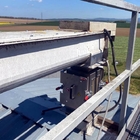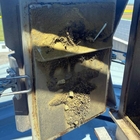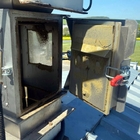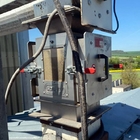4. 4. 2024
Separation of metal contaminants from feed granules (case study)
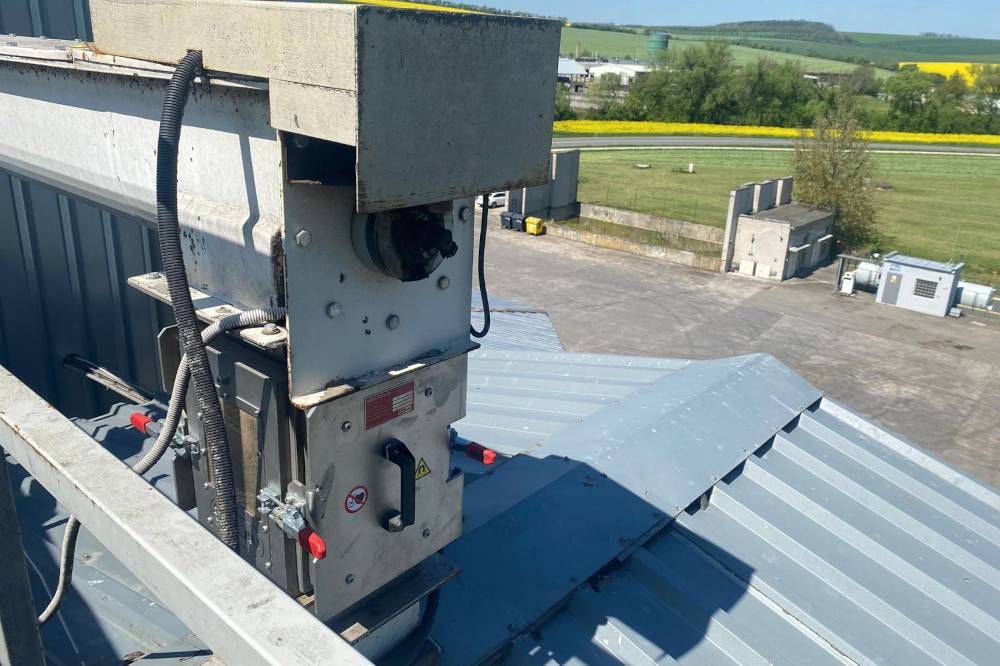
Initial status
We were dealing with a problem of magnetic separation in a company producing feed granules. Dried green fodder (alfalfa, clover) is processed into 8 mm granules used as feed for farm animals.
Problem
There were metal contaminants in the dry green fodder. The magnetic separation was supposed to remove these occasionally occurring ferrous objects (such as e. g. nails, wires etc).
Solution
As the occurrence of ferrous particles was only rare and there was not a large amount of them, we suggested using a manually cleaned magnetic separator. Due to the properties of the processed material (abrasive and flow resistant material), we recommended using a chute magnet (= a plate magnetic separator).
The central distributor entry, which distributes the fodder to the individual silos, has proven to be an ideal location for the separator placement.
The fodder is transported by a screw conveyor. We manufactured the magnetic separator including transition parts in compliance with the customer's request so that the separator could be easily placed under the screw conveyor.
Considering the capacity, we recommended using a separator having the diameter of 200 mm. To achieve the best possible separation result, the strongest neodymium magnets were used in the separator.
Benefits of using the chute magnet ML 200 N
- After installing the magnetic separator, ferrous contaminants are reliably separated.
- Quality complaints caused by ferromagnetic particles were completely eliminated.
Applied equipment: Chute magnet ML 200 N
Advanteges of the chute magnets ML
- Separation of magnetic particles from 0,5 mm
- Ferrite and neodymium variants
- Made-to-measure separators
- Excellent for abrasive and flow resistant materials
- Magnetic strength up to 7 500 Gauss on the stainless steel protective cover
- High processing capacity (up to 150 m3/h)

